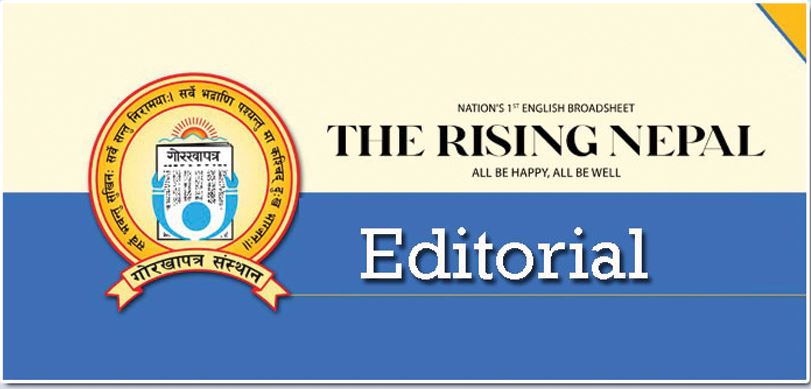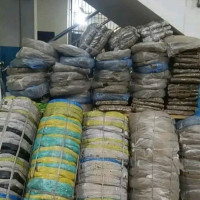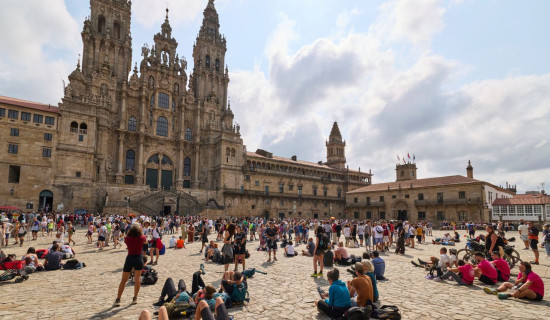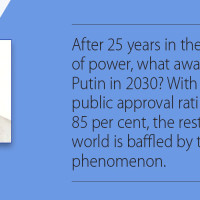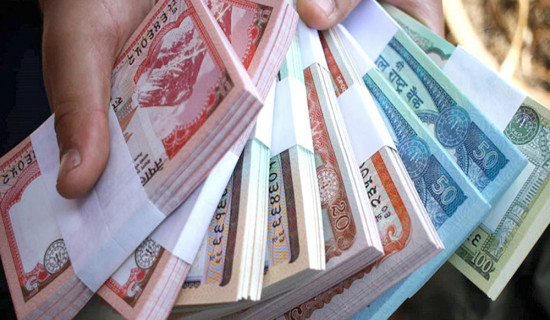- Monday, 15 September 2025
Flawed Security Steps
In a democratic society, every citizen has the right to assemble and express his/her opinion in the public space. The constitution permits the people to organise peaceful protests and rallies to draw the government's attention to issues of public importance. Such protests catalyse positive changes in society. But the freedom to exercise the right to protest is not without risks and challenges. The protesters are always eager to loudly voice their demands in the streets. The situation sometimes becomes undesirable when the excited and angry demonstrators face adamant security forces whose duty is to maintain law and order. The stand-off between the security and the activists risks turning into deadly clashes. In order to avoid the potential loss of lives and property, both the protesters and police personnel need to show patience, caution and restraint.
However, the security forces should have a clear strategy to deal with the protesting masses. It involves intelligence gathering, understanding and monitoring the nature of protesters and assessing the situation when the potential disruption occurs. Sometimes engagement with protesters minimises the tension and helps avert possible violence. However, it is the trained security personnel who can understand the psychology of demonstrators and handle them even if they become violent. There are also rules on when and how to use force and open fire on them. If the incompetent and inexperienced cops are ordered to fire on the agitated protesters, the consequences can be disastrous.
This is what happened in the recent Gen Z protest, in which at least 72 people - 59 of them young protesters – were killed. The excessive use of force by the security personnel is blamed for the loss of a large number of lives within a few hours on September 8. This has raised a serious question concerning the preparedness, ability, and overall strategy of the Nepal Police. As the new government is likely to form a high-level judicial committee to investigate the killing of innocent people and destruction of public and private property, it is imperative to probe how the protesters violated the restricted zone and barged into the parliament building. Equally important is to investigate why the police fired bullets above the knees of the young protesters. This not only exposed lapses in the mass-handling measures but also the brutality of security forces, which eventually triggered widespread vandalism, arson and looting in the capital city and beyond.
On September 9, the state had virtually collapsed, with the saboteurs and provocateurs going berserk and torching private houses and government buildings. As the police failed to protect the public properties, the Nepali Army came to the scene but it was very late, and an inexplicable level of destruction had already occurred. The government intelligence failed to assess the situation on the ground – the strength of protesters and their leadership – and carry out preparation accordingly. The protesters were all unarmed, but the live firing of the police led to a huge number of casualties. During the royalist protest in March, the police ran the gauntlet for failing to save the innocent people. The police made defective planning and deployment to deal with the September 8 protest. This has laid bare the institutional failure of Nepal Police that must be restructured to prevent a similar catastrophe arising from the botched handling of the civilian agitations. The police must learn from these incidents and pursue institutional reforms so that they will not repeat similar blunders in the future.

